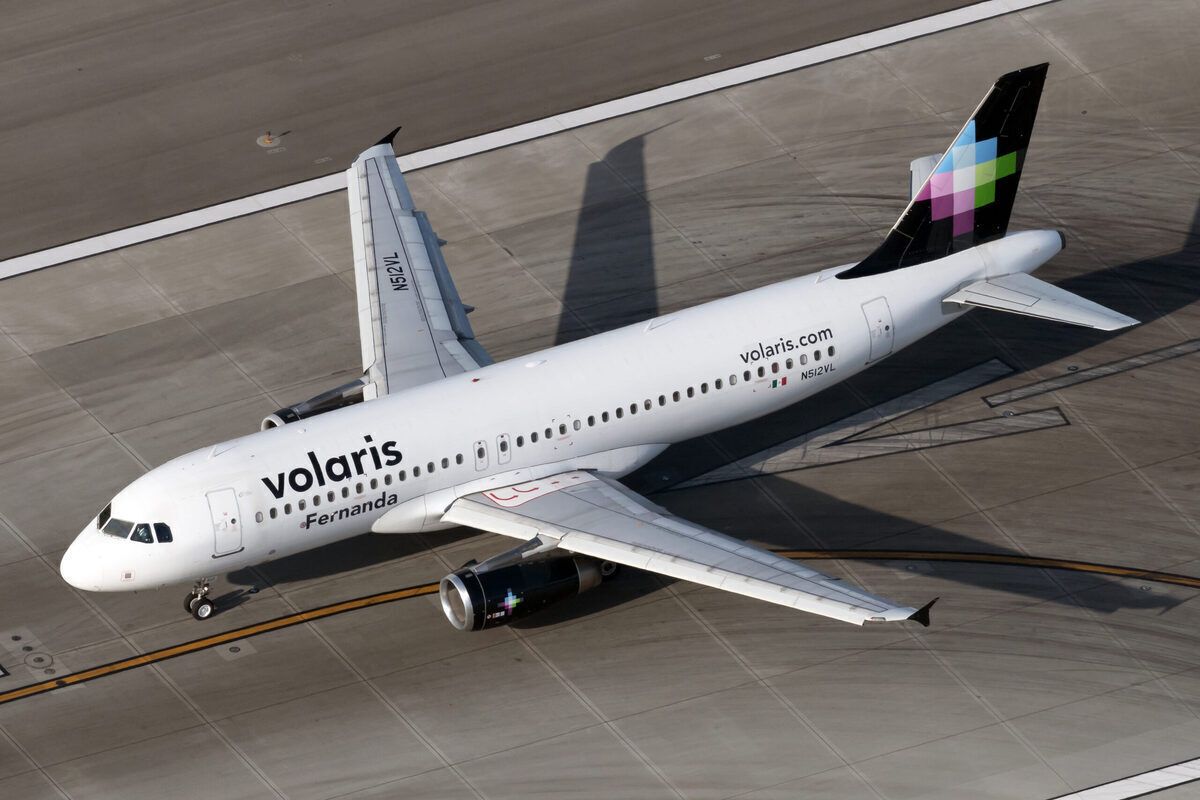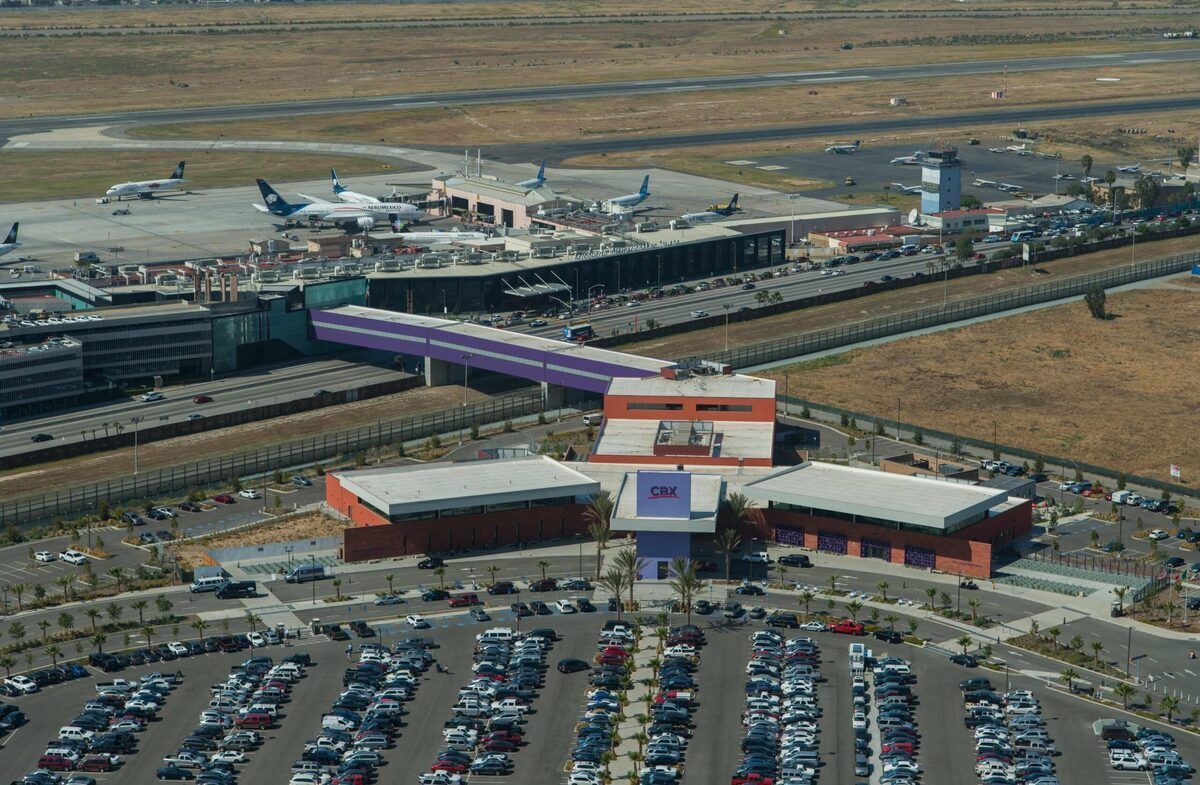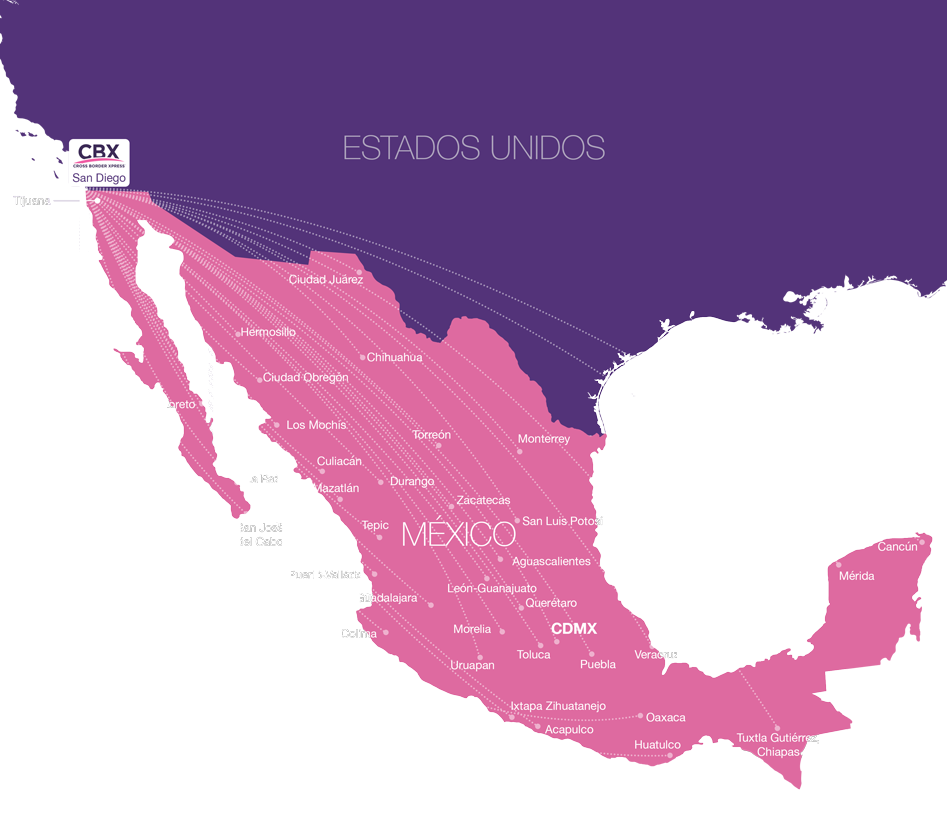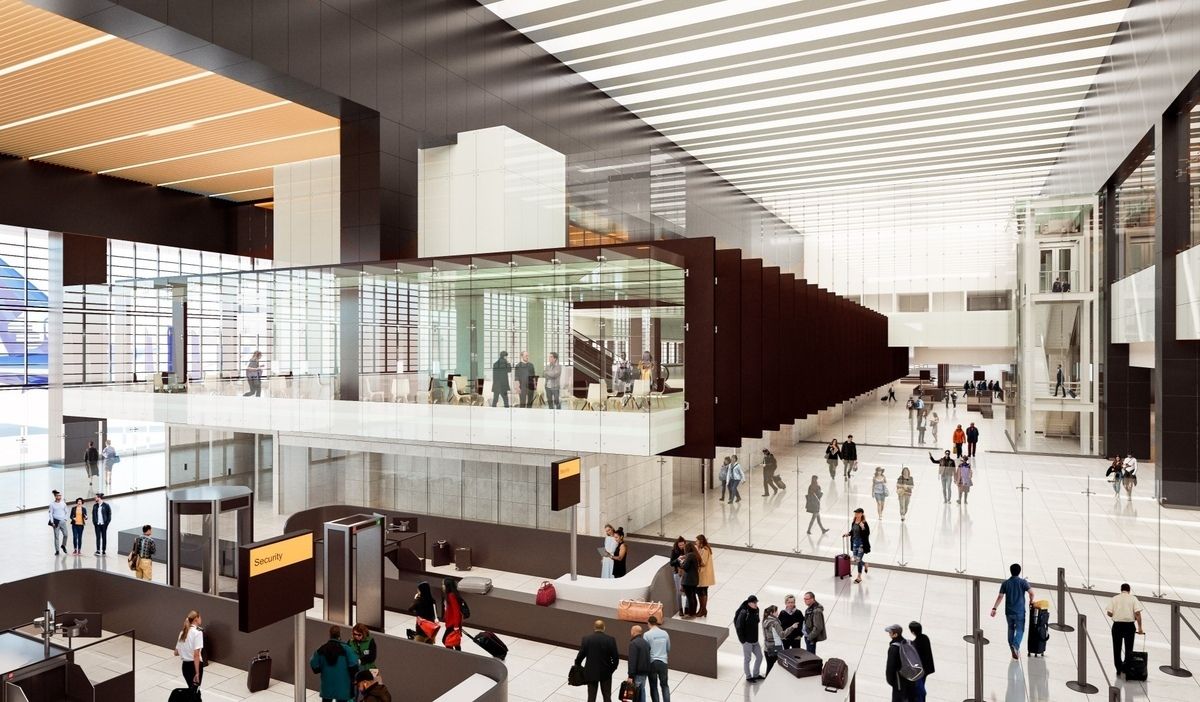Tijuana International Airport has to be one of the most exciting hubs right now, particularly for US travelers. While located in Mexico, it essentially works as a binational port of entry, meaning US citizens can cross through it as they would do at any domestic airport across their country.
This openness is setting up the future for Tijuana International Airport, or TIJ, which has already recovered its pre-pandemic traffic and has even grown. Simple Flying spoke with Raúl Revuelta Musalem, Grupo Aeroportuario del Pacífico’s (GAP) CEO (administrator of TIJ). This is what he told us.
Stay informed: Sign up for our daily and weekly aviation news digests.
Where’s Tijuana International Airport located?
Historically, Tijuana has been a small airport. It is only in the last few years that the hub has gained importance. The best thing about Tijuana’s airport is its location. It is less than 100 meters away from the US border. That’s why the Governments of Mexico and the United States decreed, back in 2012, to set up a bridge connecting through TIJ. This bridge is now called the Cross Border Xpress (CBX).
Setting up the CBX was a no-brainer, Revuelta said. He added,
“There was a clear market: California on its own is the fifth-largest economy worldwide. Plus, the Tijuana-San Diego border is the most transited in the world.”
In 2016, the CBX opened up, and since, Tijuana Airport has grown extremely fast. In four years, TIJ tripled its passenger numbers, said Revuelta. No other airport in the world has done that.
Then the pandemic came, and Mexico and the US closed their ground borders. It seemed like Tijuana should have suffered but, somewhat surprisingly, it has grown. The pandemic has led to an opportunity.
The opportunity of a lifetime: the pandemic
The Mexico-US air travel market has been one of the highlights worldwide despite the pandemic. US citizens, keen to get out of their cities and travel, chose Mexico as their destination due to the lack of travel restrictions. Tijuana quickly picked up on this trend.
The CBX is partially closed because it still allows the free transit of US citizens. Therefore the Tijuana airport authorities used this to their advantage. They started luring US travelers into their hub. Cross the CBX on foot and then take one of the many domestic flights we have from Tijuana to every Mexican leisure destination, Revuelta said.
When you come back, you don’t have to go through Mexican customs and migration processes. Instead, you can go directly to the US and go through US security and homeland checkpoints, GAP’s CEO added.
During the last year, Tijuana has become a hot spot for US travelers. Nowadays, the route Tijuana-Cabo (one of the most important leisure destinations for US citizens in Mexico) is more important than San Diego-Cabo, for instance.
“The pandemic has been a great opportunity for Americans to know the CBX as a crossing point, cheaper; the tickets from Tijuana are nearly 50% cheaper than from San Diego,” Revuelta said.
Moreover, GAP and CBX are currently working and increasing the CBX’s capacities. They aim to deliver a new building later this year, which will allow a more fluid transit between Mexico and the US.
Tijuana, the second-most connected airport in Mexico
Tijuana’s success is also Volaris’ success. The low-cost airline uses TIJ as its hub in the north of Mexico. It evens does maintenance to its aircraft in this airport. In the last few months, Volaris has soared through the pandemic. It has consolidated as Mexico’s largest airline, with the most extensive map route.
After Mexico City, Tijuana currently is the most connected airport in Mexico in terms of domestic destinations, Revuelta said.
This connectivity is a crucial factor to attract US travelers and also Asian travelers. Tijuana wants to serve as an entry point for Asia into the US, Mexico, and Latin America. It is located at a geographically strategic point.
Have you ever been to Tijuana’s International Airport? How was your experience? Let us know in the comments.




